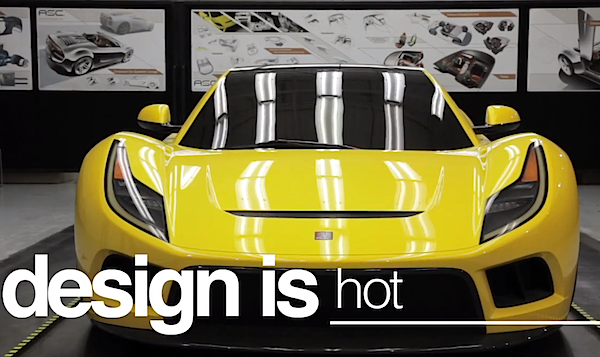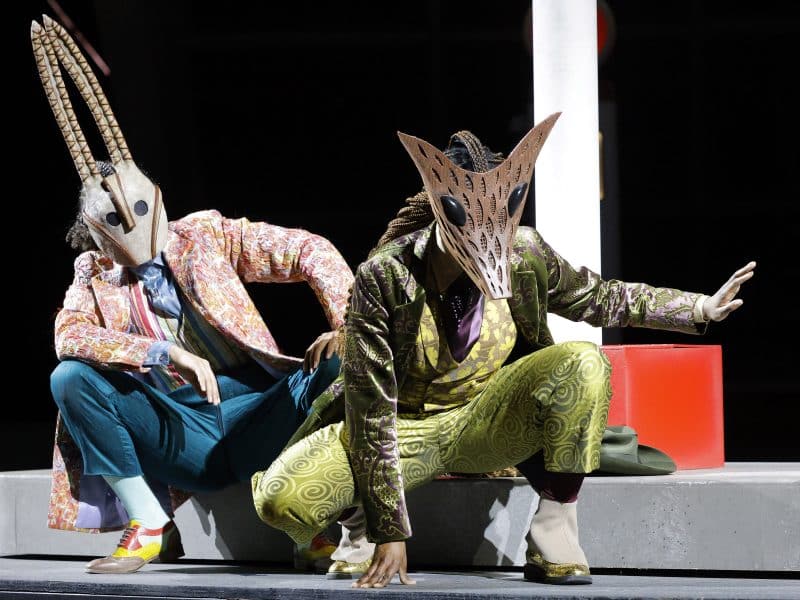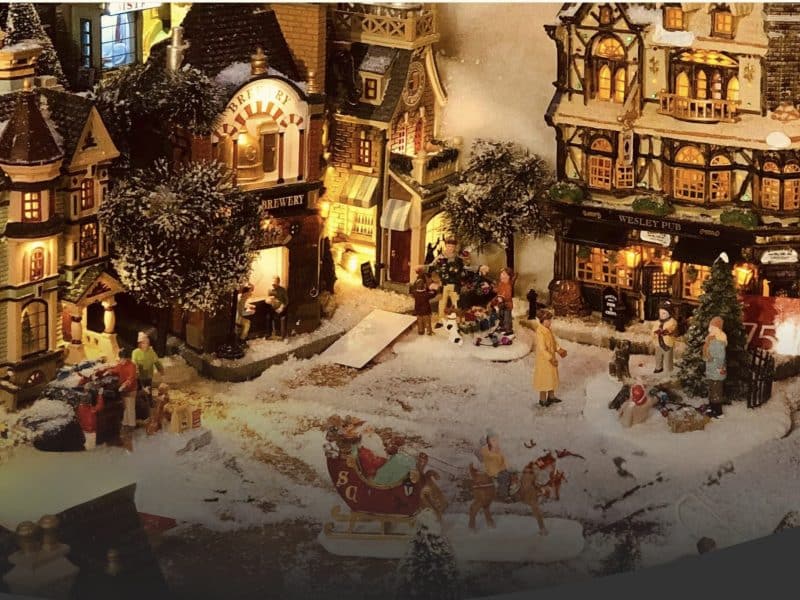Detroit Design on a grand scale
In only its second year, the Detroit Design Festival has become one of the city's top must-see, must-do happenings. That sounds great, but organizers Matt Clayson and Melinda Anderson tell Walter Wasacz its longterm potential is even greater.

The buzz for this year’s Detroit Design Festival, which begins this week with a stellar kickoff event in one of the city’s most spectacular lobbies and ends at an airplane hangar, started building months ago. It would be bigger, it would be better, it would include more neighborhoods, more designers, more artists.
Bold assertions, true. But that’s what we want from our creative economy leaders and prime movers. We want new envelopes to be pushed, new passions to be stirred up. From the looks of it, we’re getting exactly what we want, if not more.
There is a ton to see and do at this year’s festival. To put it all in perspective, we went to two experts, Detroit Creative Corridor Center (DC3) director Matt Clayson and DC3 events director Melinda Anderson for the answers. Model D managing editor Walter Wasacz asked the questions.
Take us back to the beginnings of the Detroit Creative Corridor Center and how the organization helped re-energize the Detroit design scene.
Clayson: The Detroit Creative Corridor Center is part of a broader initiative to transform Southeast Michigan’s “Road to Renaissance,” launched by Business Leaders for Michigan in 2007 or so. In 2009, Business Leaders for Michigan partnered with the College for Creative Studies to offer a home for the Detroit Creative Corridor Center. In 2010, an executive director was hired and a strategic plan incorporating the research, with extensive community feedback, was drafted and finalized. That plan served as the framework for launching the DC3’s “Creative Ventures” program and business accelerator, the DC3’s business attraction strategy, and the Detroit Design Festival.
And then?
Clayson: The festival started as a pilot program hosted in partnership with the Crain’s Detroit House Party, where five Detroit-based furniture designers and CCS design students shared work and inspiration with 2010 House Party attendees. 2011 brought forth more formal programming, engaging a broader community of designers from various design sectors to program happenings throughout the city. 2012 will be our most formal programming yet, engaging 300 designers in planning 60 design happenings throughout Detroit’s Creative Corridor and in various neighborhoods in Detroit.
The Detroit Design Festival seemingly came out of nowhere to become one of the city’s must-see, must-do events in a short period of time. How long was it in the planning stage before it was launched?
Clayson: The 2010 pilot program took approximately eight weeks to plan. Mary Kramer and her staff served as strong advocates, helping identify opportunities for turnkey programming. Planning for the 2011 Detroit Design Festival began in May 2011. Support from the Kresge Foundation helped ensure more robust operations. Planning for 2012 started in October 2011. There has been one festival thus far; 2012 represents the second year of DDF.
The John S. and James L. Knight Foundation is helping take DDF’s work to a new level by helping us develop and activate year round digital and physical platforms that meaningfully connect a diverse community of Detroiters to the work of Detroit’s civic minded creative and design communities.
Is there any way to measure the impact DC3 and the DDF have had on the creative sector since coming on the scene?
Clayson: Definitely. We like our numbers at the DC3. From a business acceleration standpoint; the 17 ventures enrolled in the inaugural year of the program collectively increased revenues by over 336 percent, created 13 jobs, retained 34 jobs and generated a combined $336,000 in direct economic impact. In July, 2012, six additional early stage, high potential creative sector firms were enrolled in the program. From a business attraction standpoint, the DC3’s efforts have resulted in the creation or addition of approximately 500 creative sector jobs in Detroit’s greater downtown area.
Some case studies: in August 2012, DC3 client Lambert Edwards & Associates commenced construction on their new Downtown Detroit studio, which will house approximately 30 creative sector workers. Also in August 2012, DC3 client Goodby, Silverstein & Partners broke ground on an approximately 10,000 square foot expansion, which will house an additional 100 creative sector workers.
Last year’s DDF engaged over 200 designers in programming 60 happenings which were shared with a direct audience of approximately 10,000 design enthusiasts. It is our hope that the nexus of these activities and numbers will reinforce Detroit’s position as a global center of good design and creativity.
There are so many potential highlights at this year’s festival. Pick a day, let’s say Saturday, Sept. 22, and give us a recommended itinerary.
Anderson: Here are the events that I could check out: I would start my day off at the Hub to get oriented for the festival. There I would choose to take the DDF shuttle or drive to many of the other happenings. Also, within walking distance of the HUB, there are many other events that are happening. The Pop-up playground by Cog Studio and the Heidelberg Project. I would then head to get my hands dirty for the Scripps Park-Community Build or with Better Blocks. The Chocolate Cake Design Collective has a great open studio. I would then end my night at Re:View Gallery for Andy Kem’s and Greg Fadell‘s installation.
What makes the opening and closing parties can’t miss nights?
Anderson: The Opening party is set in the beautiful Art Deco Fisher building, the closing party is a 180 degree contrast to the opening party set in the executive hangar at City Airport. For one night only, access will be granted to these spaces. They will both have a great mixture of architecture, fashion, design, and entertainment.
DDF features art, fashion, architecture and design in huge numbers over five stimulating days. What do those five days mean to Detroit’s creative economy?
Clayson: These five days present a consumable cross section of the creative and design activity happening in Detroit 365 days per year. They provide a tangible, accessible platform that enables regional, national and international audiences, enthusiasts, opinion leaders and media to access and engage with Detroit’s creative talent.
What can we do to sustain this kind of energy 365 days a year?
Clayson: Continue to think regional, national and global when finding vehicles to share and support our creative work; to find opportunities to collaborate, share resources, engage broader communities and jointly promote the role good design and creative work product plays in evolving the social and economic environment in the city of Detroit.
Thank you both!
Here are few more events to consider while you hop around the festival: Hopscotch Detroit, Park(ing) Day in the Cass Corridor and Eastern Market After Dark. Hard to make a wrong turn when you have over 60 events over five days to choose from.
Images for this story – ‘Design is community’ and ‘Design is hot’ – courtesy of American Speciality Cars (ASC).





